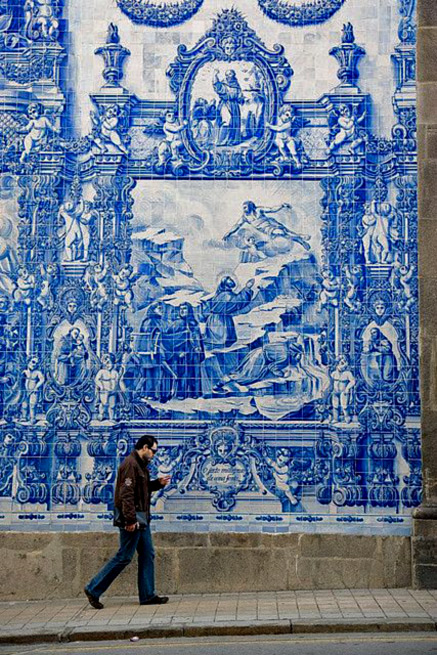
Azulejo Mural – Almas Chapel of Santa Catarina by Silvestre Silvestri
The Igreja de Carmo church in Porto is one of the examples of the Portuguese baroque era with neo-classical features. The large ceramic panel is a depiction of the foundation of the order of Carmelites on Mount Carmel in Israel.
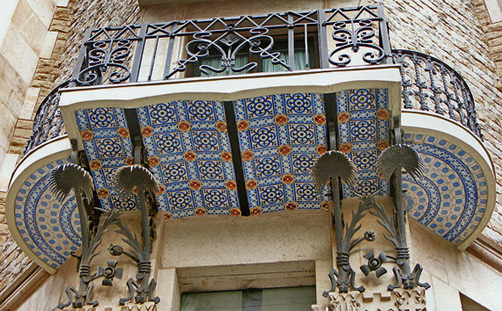
Arabesque geometric azulejo balcony
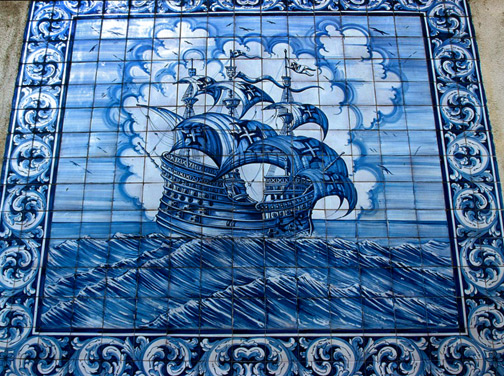
Caravel (sailing ship) azulejos panel
© José Luiz Ribeiro Bernardes
Fabulous Portuguese Azulejos
The azulejo (ceramic tiles) of Portugal are ubiquitous and usually presented on a monumental scale, with a grandeur and elegance, rarely seen with public tile art. They also represent a visual public history record, serving as a chronicle of many aspects of Portugal’s past, displaying military battles, daily life, mythical Gods, creatures and other cultural and historical references. The term azulejo comes from the Arabic word az-zulayj, meaning “polished stone.”
The early azulejos, which appeared in the 13th Century, had a distinct Arab influence with interlocking curvilinear, geometric or floral motifs and was used to imitate the Roman mosaic arts. In accordance to Islamic law, they portrayed no human figures, only geometric patterns. Azulejos were utilised to decorate the entire facades of buildings and used extensively on the interiors, adorning whole walls. Over time the Portuguese painters introduced more human or animal figures into their designs. The pervasive azulejos can be witnessed at palaces, railway stations, schools, fountains, churches, homes, restaurants and bars.
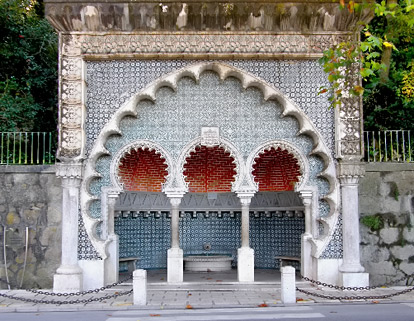
Moorish Fountain, Sintra National Palace
With the influx of Italian potters into Seville in the 16th century, sophisticated Majolica techniques were introduced that allowed the artists to represent a much larger number of figurative themes in their compositions. There was also an influence that filtered through from the printed textiles that were imported from India, which manifested as Hindu decorative symbols, flowers, leaves, animals and birds. The latter half of the 17th century saw the introduction of blue and white tiles from the Dutch Deft company by Spanish artist Gabriel del Barco y Minusca. These blue and white figurative tiles, designed by academically trained Portuguese artists, became the dominant fashion, superseding the former taste for repetative patterns and abstract decoration.
From the mid 1700‘s on, the taste of Portuguese society changed from the monumental narrative panels to smaller and more delicately executed panels in Rococo style. Another innovation that appeared was the use of transfer printing on the blue and white tiles, but hand painted tiles still remained popular. The cultural elite dismissed the Azulejo tile art as decoration for the masses but since the 1950‘s a revival had occurred with contemporary artists such as Maria Keil, Costa Pinheiro, Nuno Siqueira and Cecília de Sousa all contributing to a program to uplift the metro underground of Lisbon with Azulejo art.
The unique azulejos art is a regular feature as you travel around Portugal and it still constitutes a major aspect of Portuguese architecture, being applied on walls, floors and ceilings, making it easily accessible and a vivid history source.
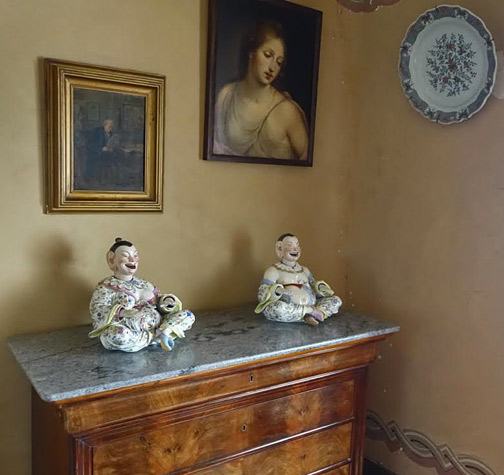
Cross legged oriental porcelain figurines
Palace of Pena, Sintra
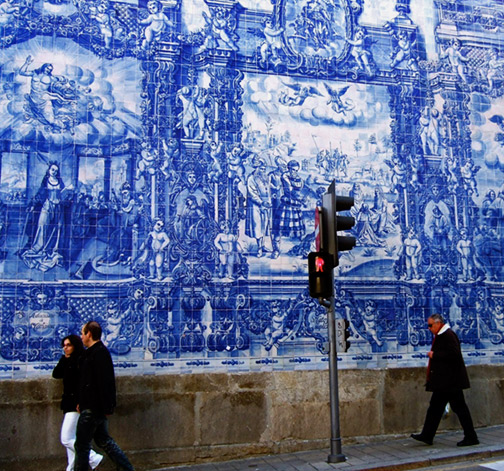
Santa Catarina Chapel
Porto, Portugal
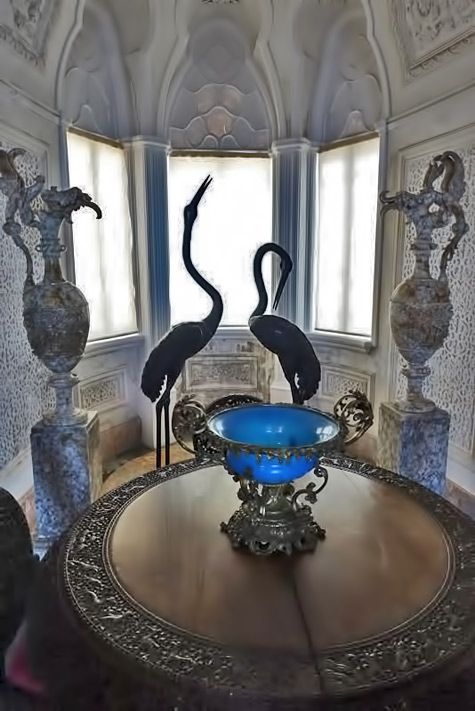
Indian parlour, Palace of Pena, Sintra
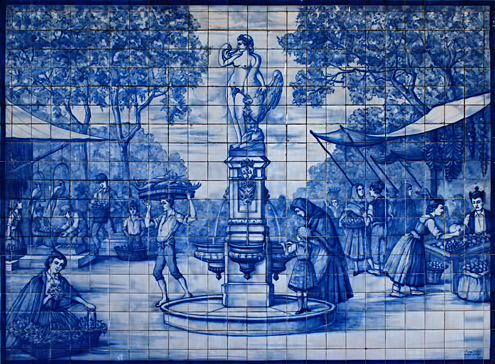
Leda and Swan azulejo motif
Ceramic tiles (Azulejo) with a market scene at the wall of the Mercado dos Lavradores, Funchal, Madeira, Portugal
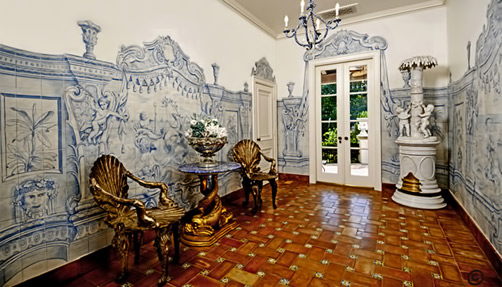
Portuguese Trompe Loeil azulejo mural
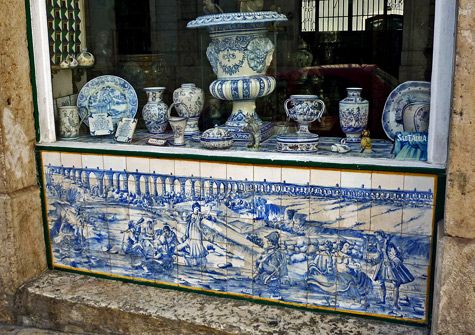
Azulejos shopfront mural , matching blue and white ceramic vessels
Lisbon
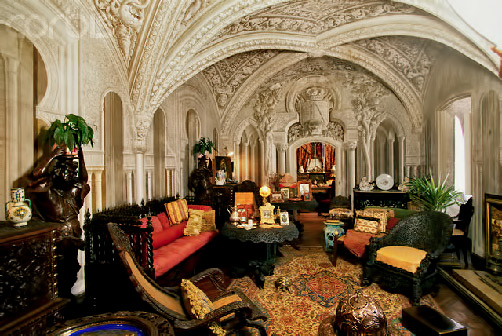
National Palace of Pena arabesque orientalist room with Saxony porcelain
© Sandro Vannini/CORBIS
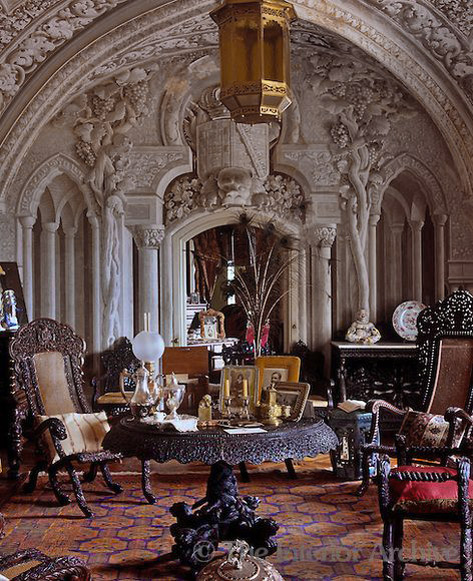
Arab Room
Palacio de Pena Sintra,Portugal
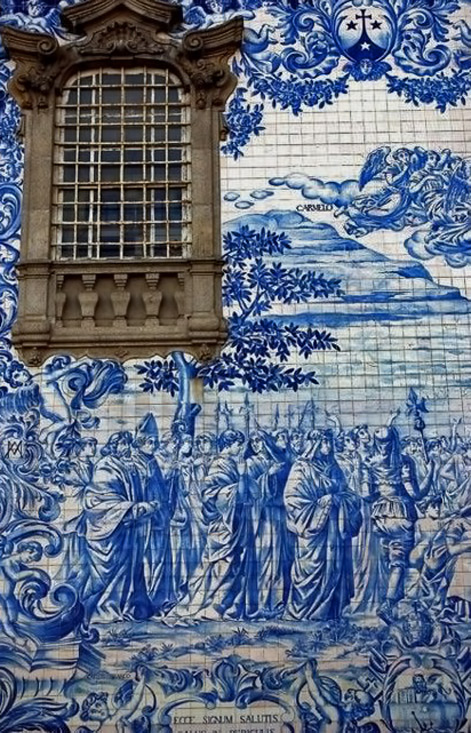
Igreja do Carmo azulejos wall
Porto, Portugal
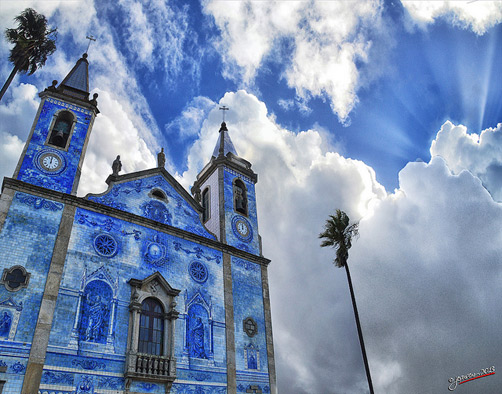
Azulejo church facade
Cortegaca, Aveiro, Portugal
jesuscm – Flickr
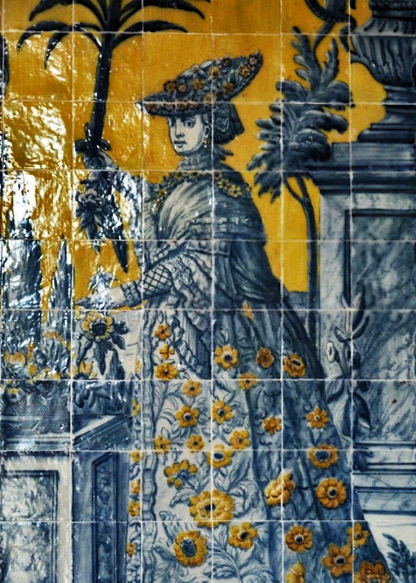
Azulejos wall mural, National Palace of Queluz
atalentfordesign.com
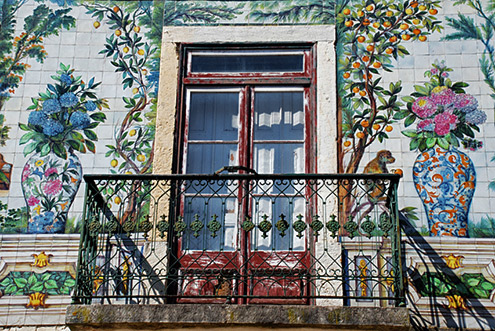
Viuva Lamego, Lisboa ©Luis Novo
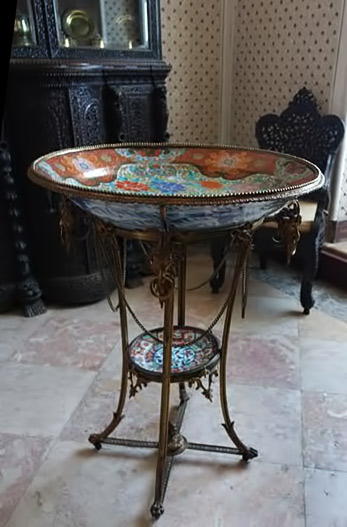
Pena Palace, Sintra
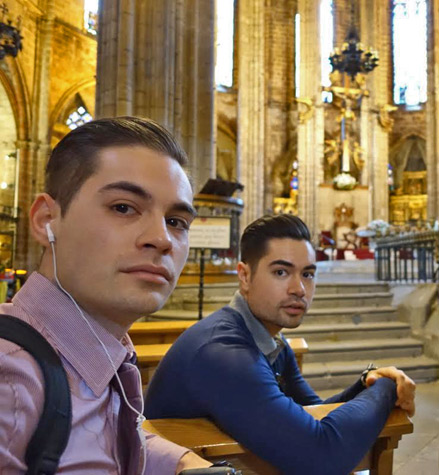
Barcelona Cathedral
My two sons on their way to Portugal, where they took some photos at Sintra, added in this post.
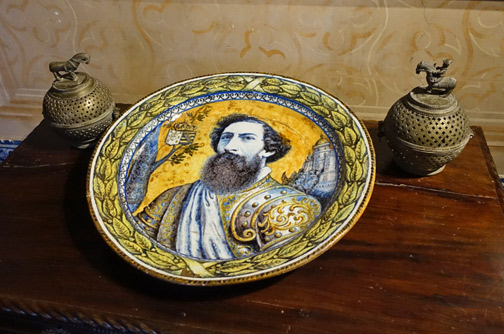
Pena Palace charger, Sintra, Portugal
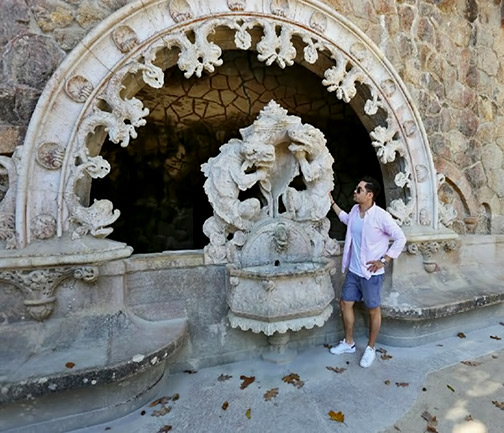
The ‘guardians of the penumbra’ at the ‘Guardian Gate’ which leads to the ‘Initiation Well’
Quinta de Regaleira, Sintra
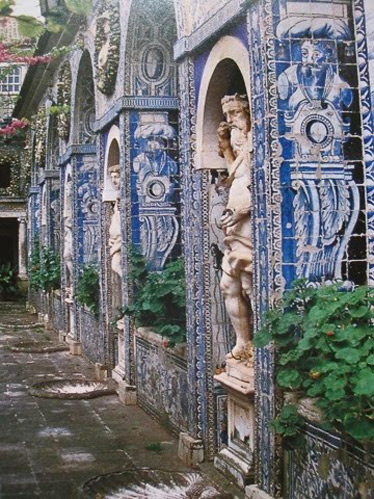
The Palace of the Marquesses of Fronteira, Lisbon
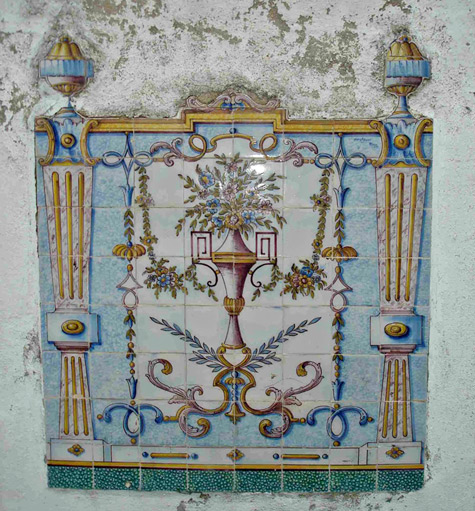
Fabrica Sant’ana, Lisbon (azulejos tile factory still in production since 1741)
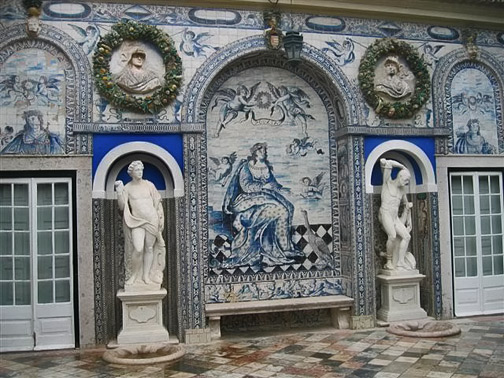
The Palace of the Marquesses of Fronteira, Lisbon
Built in 1641
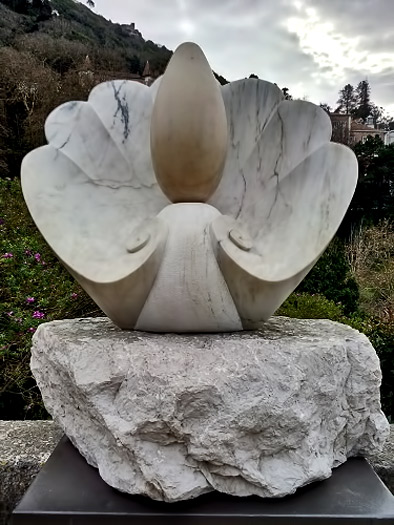
Sintra sculpture
djtravelexperience.com
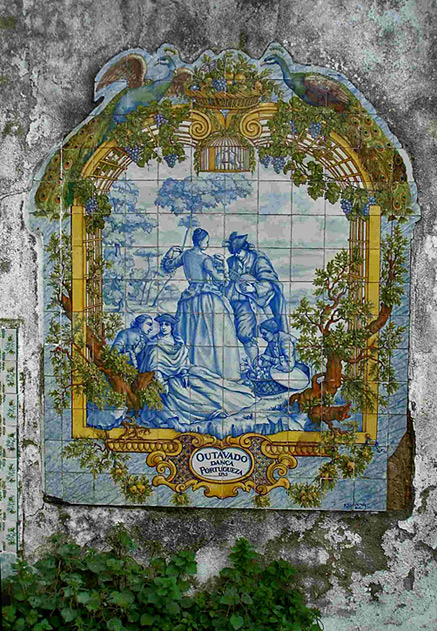
Fabrica Sant’ana, Lisbon
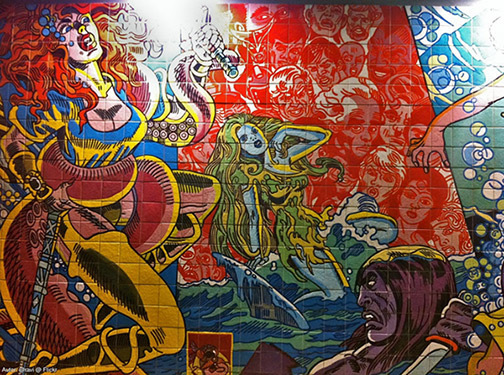
Oriente Underground Station Azulejos
Photo by Mario Rui Fernande
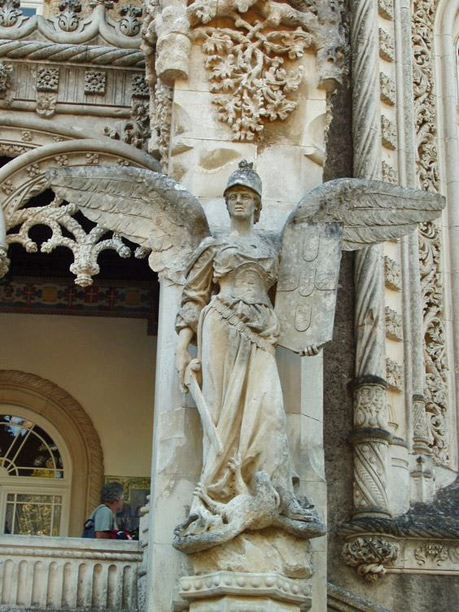
Bussaco Royal Palace, Penacova, Portugal
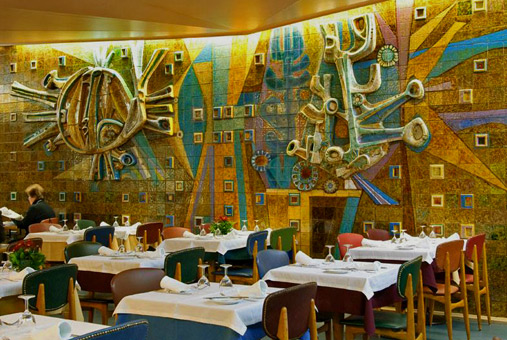
Mid Century wall mural by Querubim Lapa, Lisbon
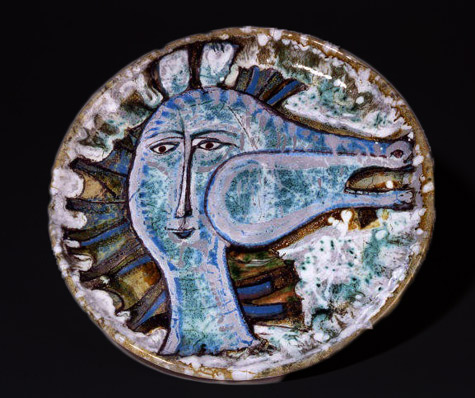
Modernist charger – Querubim Lapa, 1959
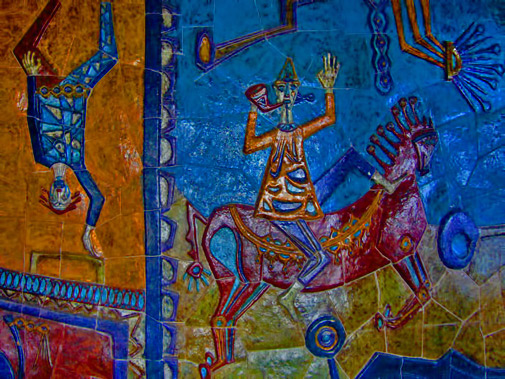
Manuela Madureira azulejos, 1965 ( monumental wall mural on the cusp of demolition)
Monsanto Panoramic Restaurant
cidadanialx.blogspot.com.au/
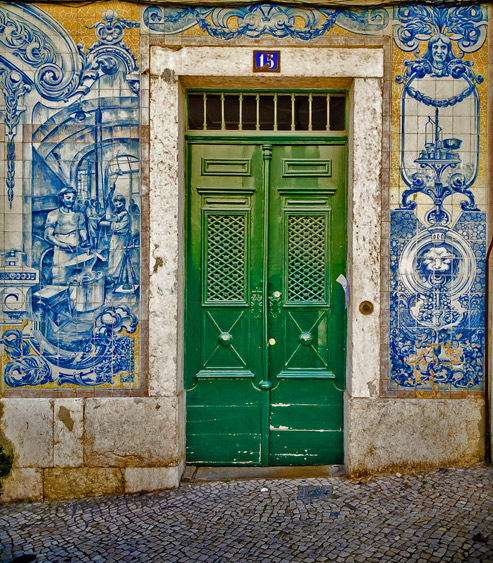
Azulejos Lisbon
Photo by Jos Dielis
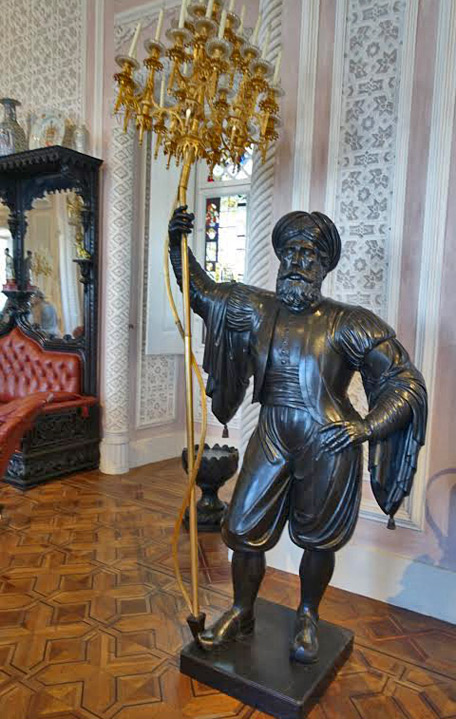
Pena Palace bronze sculpture lamp, Sintra
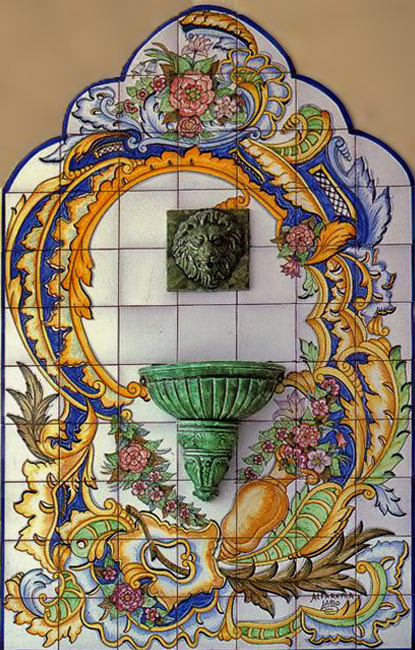
Handpainted azulejos, Sintra
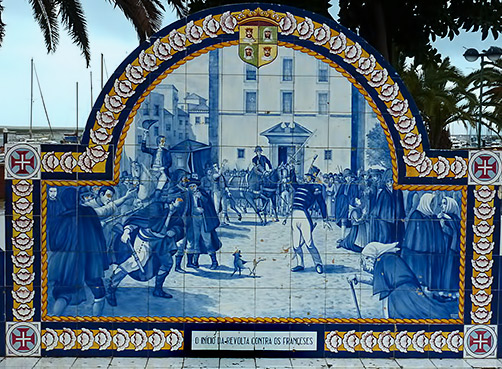
Caption – ‘O inico revolta con os frances’ – ( start of revolt with France)
Olhao seaside, Portugal
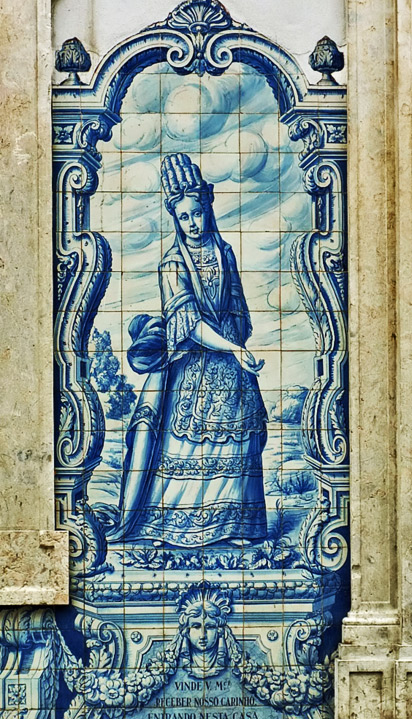
Janelas Verdes, Lisboa
JaimeSilva -Flickr
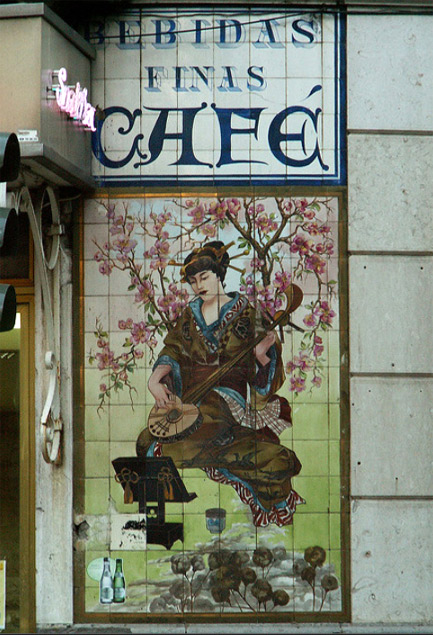
Geisha azulejos at Avenida 5 de Outubro, Lisbon
JaimeSilva -Flickr
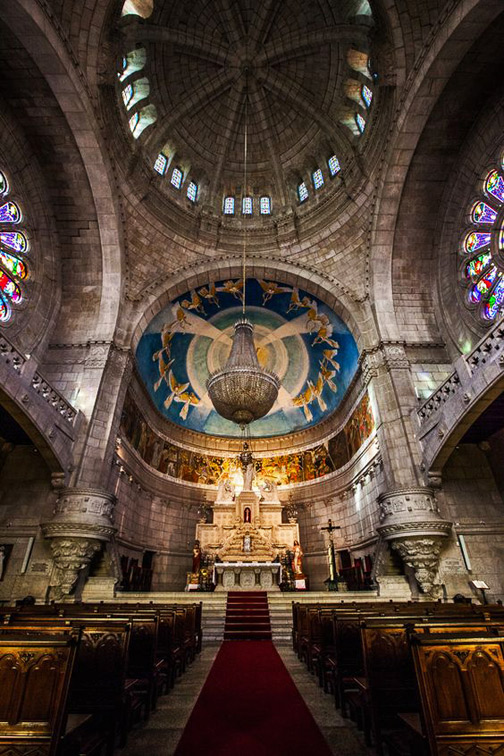
Viana do Castelo Cathedral, Portugal
Photo by Ricardo Silva
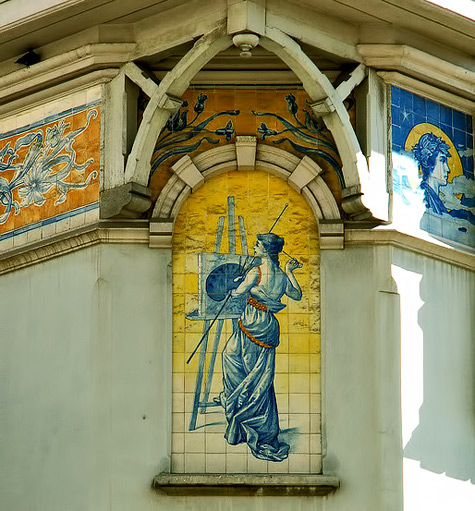
Azulejos at Avenida 5 de Outubro, Lisbon
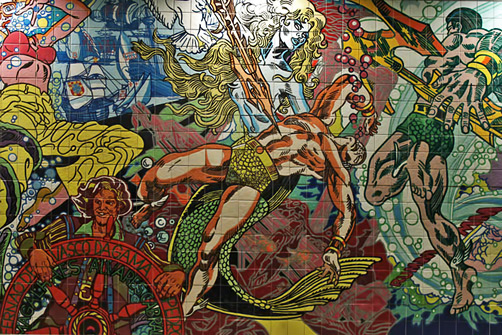
Oriente Railway Station azulejos
Lisbon
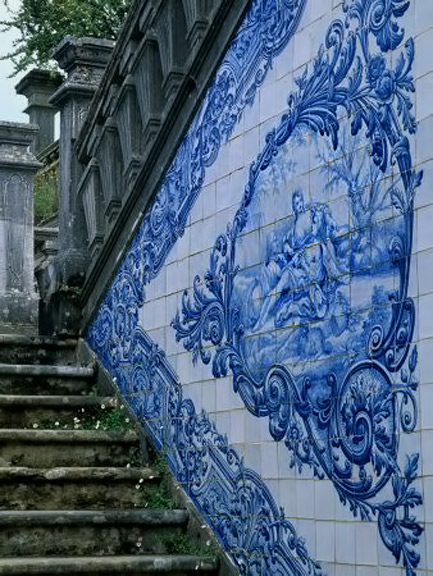
Stair azulejos, Queluz National Palace, Portugal
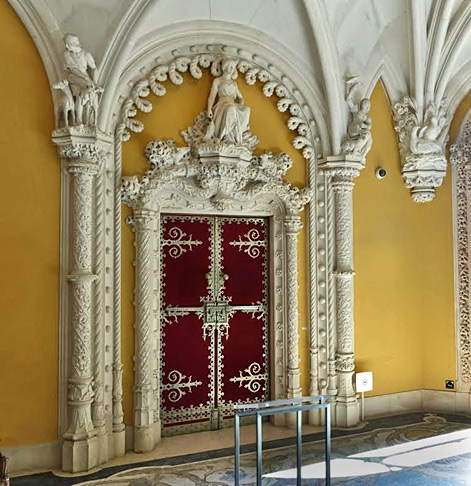
Ornate entrance at Quinta de Regaleira, Sintra
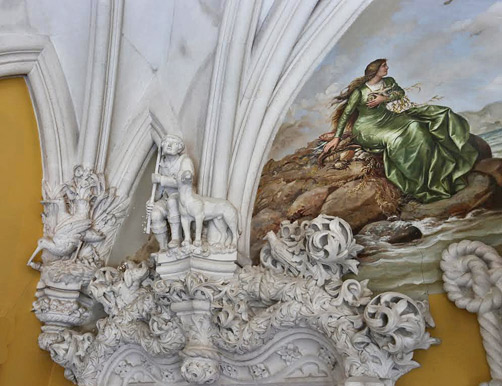
Rococo decor at Quinta de Regaleira, Sintra
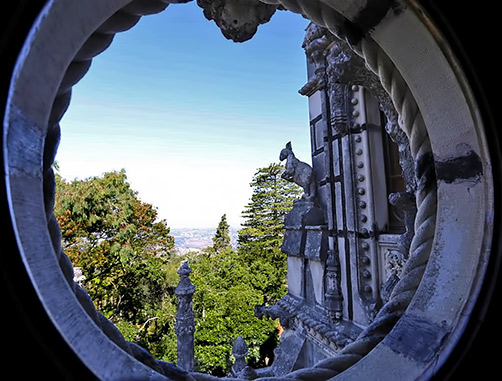
Kangaroo in a porthole
Quinta de Regaleira, Sintra
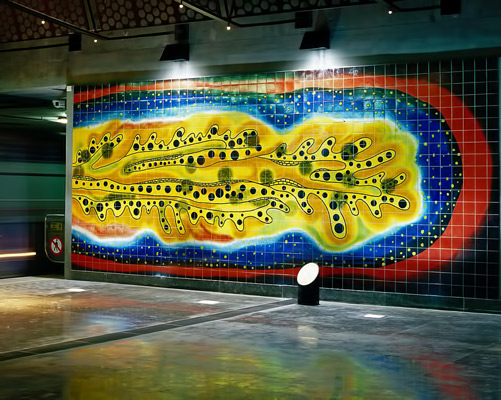
Oriente Station azulejos
Lisbon
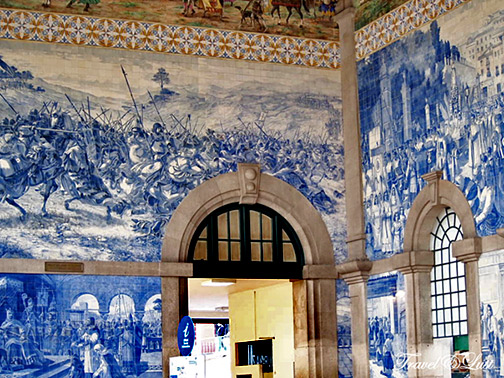
Sao Bento Station azulejos murals
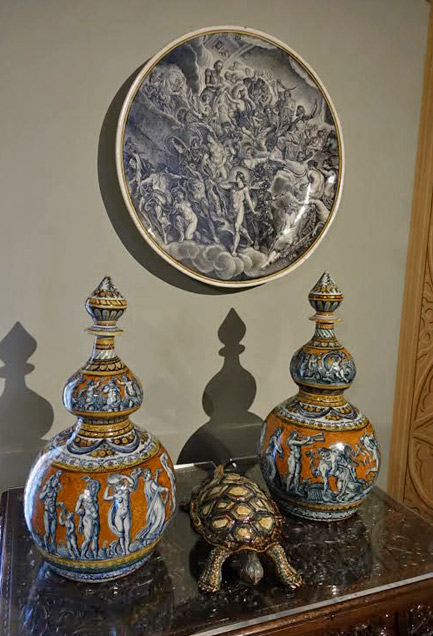
Pair of lidded ceramic double gourd vessels
Peno Palace, Sintra
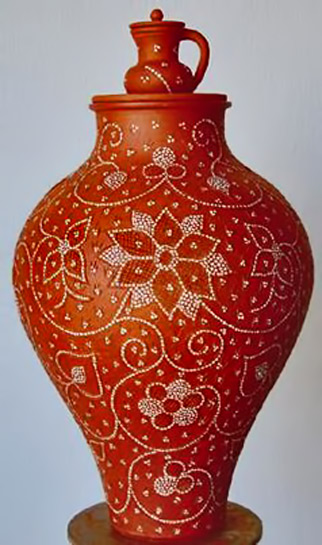
Traditional Portuguese pottery with white quartz inlay from Nisa
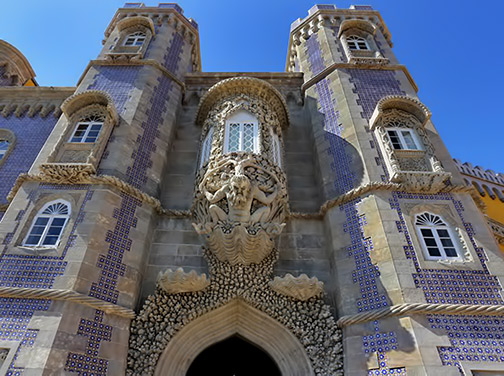
Pena Palace, Sintra
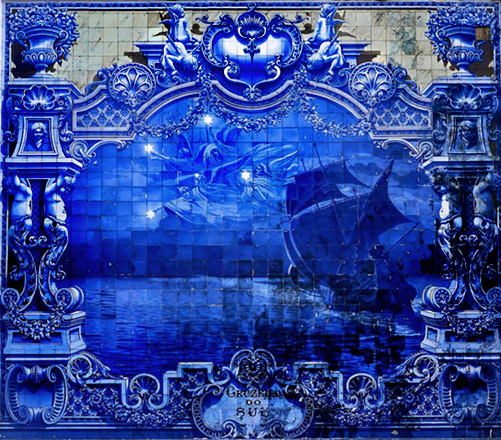
Azulejos at Pavilhão Carlos Lopes, Lisbon
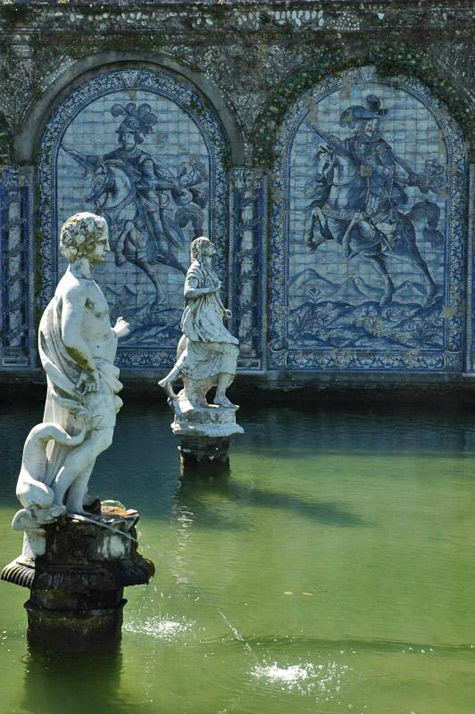
The Palace of the Marquesses of Fronteira, Lisbon
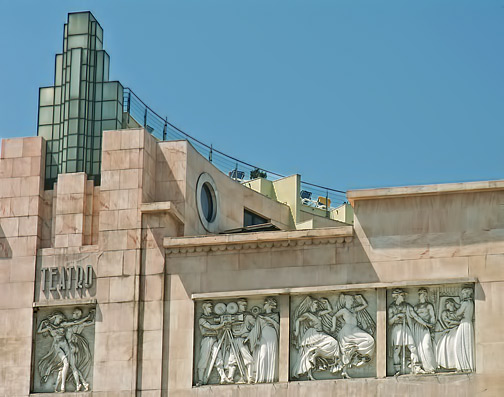
Teatro Eden Hotel Art Deco, Lisbon
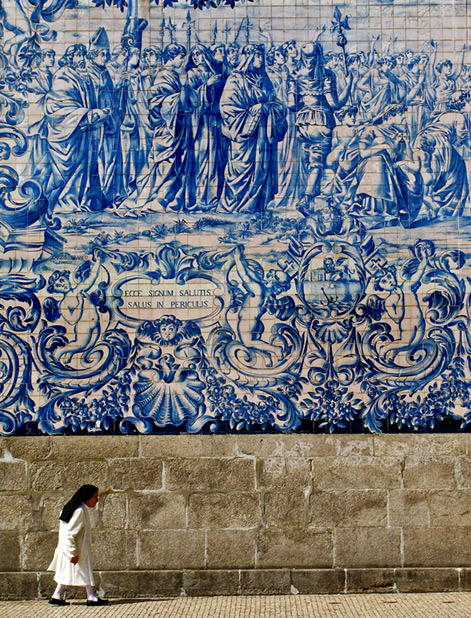
Azulejos mural, Porto
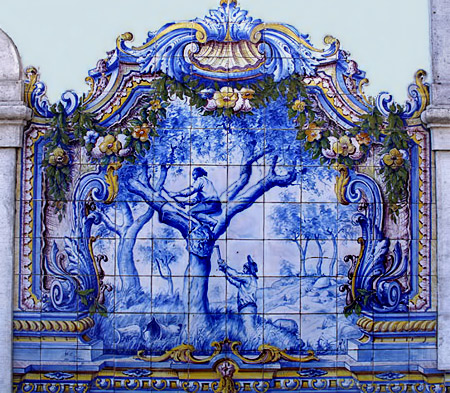
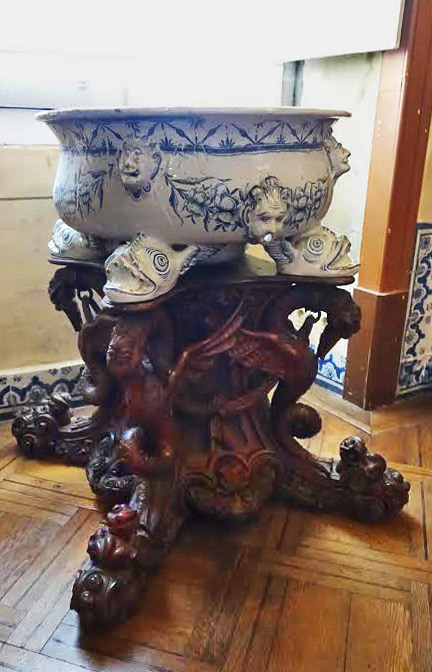
Pena Palace, Sintra
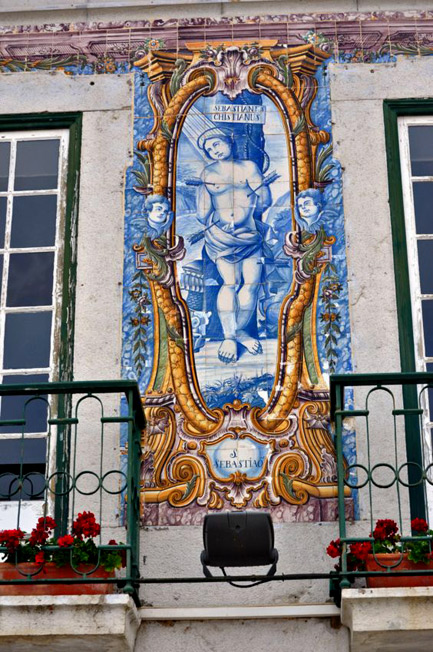
The Church of St. Sebastian in Darque – Viana do Castelo
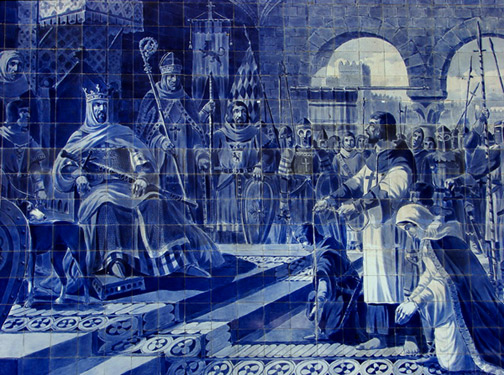
Mural at Porto Railway Station
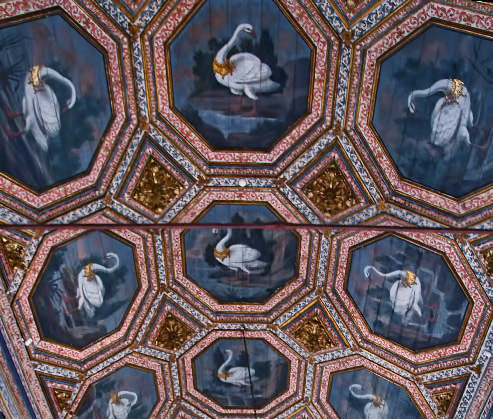
Swan Room azulejos ceiling, Pena Palace
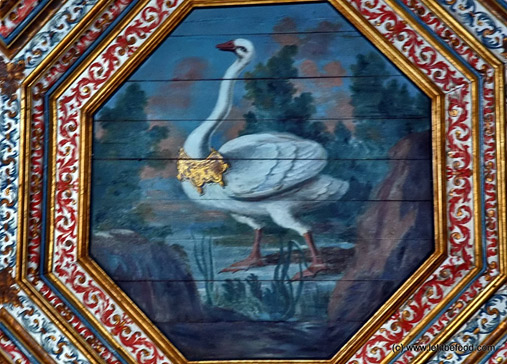
Swan azulejos with arabesque border
Pena Palace, Sintra
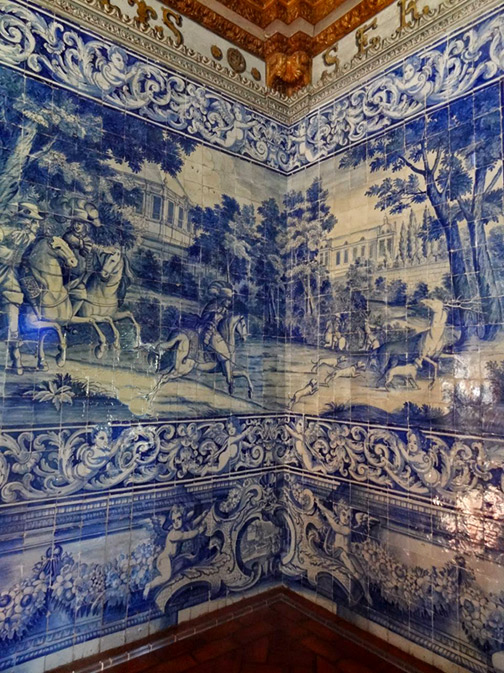
Dining Room azulejos walls – Sintra Palace
crumpdillyicious.blogspot
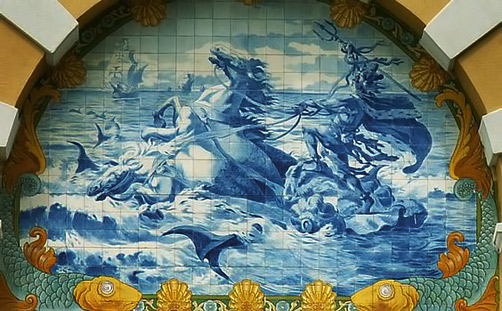
Neptune azulejos panel – Aquário Vasco da Gama
Dafundo, Lisbon
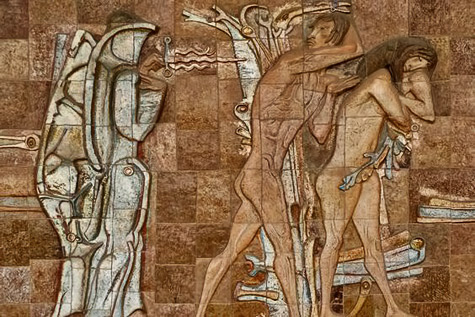
‘Adam & Eve cast from Eden’ by Querubim Lapa
Palácio da Justiça (1970)
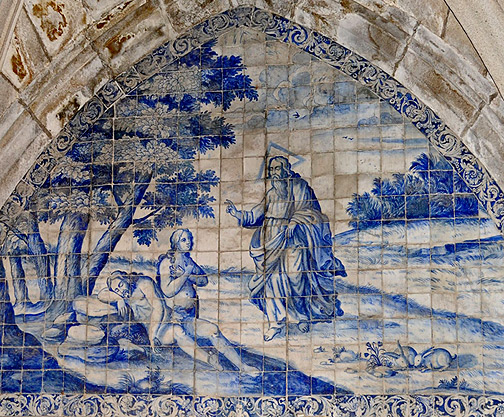
God, Adam and Eve
Coimbras Chapel, Braga Portugal
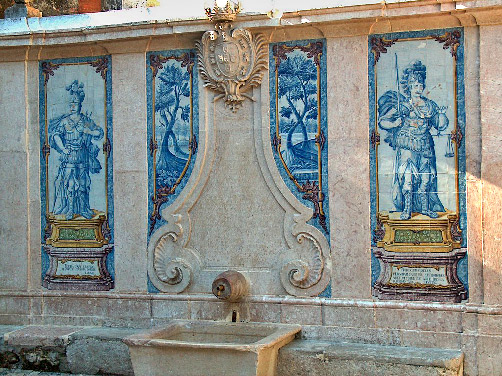
Sintra Palace fountain
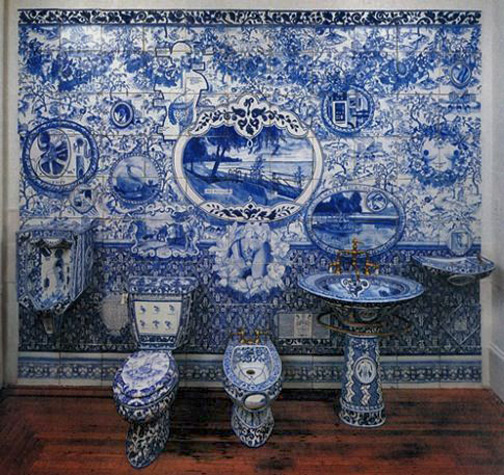
Blue and white azulejos bathroom at the John Michael Kohler Arts Center
Sheboygan, Wisconsin, USA
Next post – Sculptures of abstraction

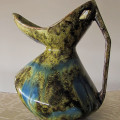
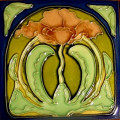
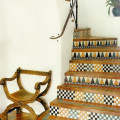
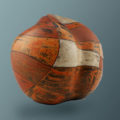

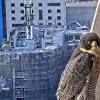
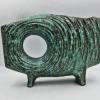
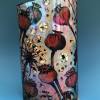
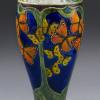

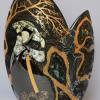
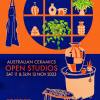
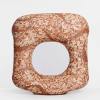
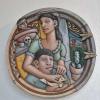

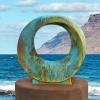

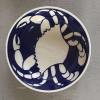





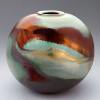
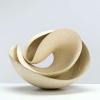
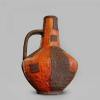


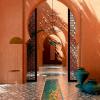
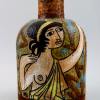
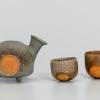
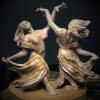
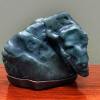

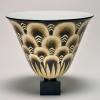

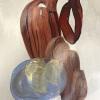

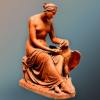

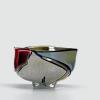

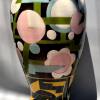


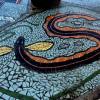

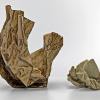
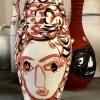
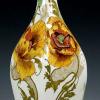


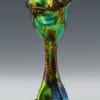
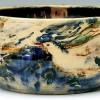
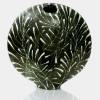

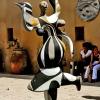
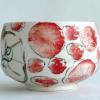
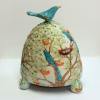

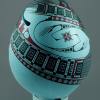
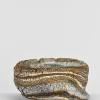
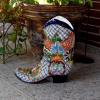
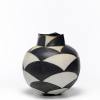
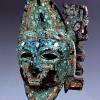
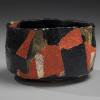
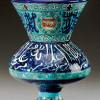

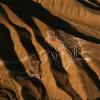
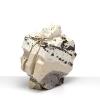

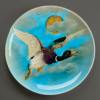
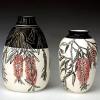
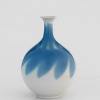
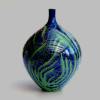
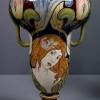
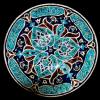
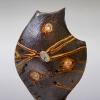
1 Comment
Hello Robbie, I have just completed a video about My Delft Style Tulip vase..on YouTube https://youtu.be/Gzjk7er0As8
Cheers……………………Les
One Trackback
[…] Ceramics Event – Keramisto – Prt 2The Art Of ConvoPortuguese azulejos art grandeur Tweet Share5 Pin403 Share Reddit Share StumbleShares […]